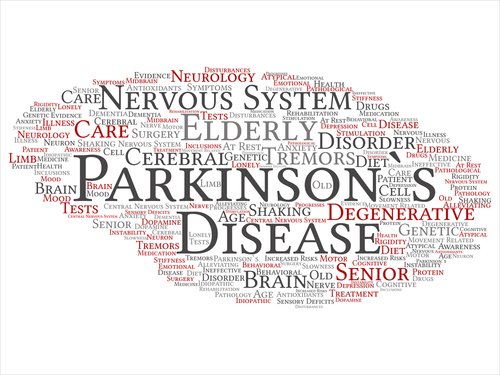Lewy Bodies Diverse in Structure and Some Fibrils Can Migrate, Study Reports
Written by |

A detailed analysis of the structure of alpha-synuclein clumps suggests that Parkinson’s is a systemic disease, whose characteristic protein aggregates can move about inside the brain and migrate beyond the central nervous system, according to a new research.
This finding may help in better understanding why Parkinson’s patients experience symptoms other than the disease’s characteristic motor problems.
The study, “Parkinson’s disease is a type of amyloidosis featuring accumulation of amyloid fibrils of α-synuclein,” was published in the journal Proceedings of the National Academy of Sciences.
A hallmark feature of Parkinson’s is the accumulation of small and complex structures called Lewy bodies, which are mainly composed of the alpha-synuclein protein in nerve cells of the brain. Recent work has shown these aggregates can travel across cells of connected brain regions. But little is known about how this migration is regulated, and scientists are still working to more fully understand the structure of proteins in Lewy bodies.
A team from Osaka University, in Japan, used a technique called microbeam X-ray diffraction to gather information in greater detail about the structure of alpha-synuclein clumps.
Using this technique, researchers can detail the complex 3D structure of protein aggregates based on the diffraction pattern they produce when crossing a beam of X-rays. (Diffraction patterns here refer to the bending of X-ray waves as they pass an object.)
The team first tested the sensitivity of their approach using senile plaques from mice in a model of Alzheimer’s disease. These plaques are also composed of complex protein clump, but consist of the beta-amyloid protein. The researchers then used the same method to analyze thin brain sections taken from three Parkinson’s patients who died between the ages of 75 and 83.
Tests confirmed that protein clumps from patients mainly consisted of alpha-synuclein, by using an antibody specific for detecting this protein. Next, the researchers saw different X-ray scattering patterns in mice and patient tissue samples, confirming they consisted of different proteins.
They also found that different patient samples had slightly different scattering patterns, suggesting diverse clump structures. Importantly, some structures seen in patients’ alpha-synuclein aggregates were similar to structures previously reported in mice studies, which found fragments of these protein fibrils (called cross-beta, or cross-β, structures) could propagate — migrate — throughout the body.
“Our study is the first to find that aggregates in Parkinson’s disease brains also have this cross-β structure,” Hideki Mochizuki, MD, PhD, the study’s senior author, said in a news release.
Inconsistent findings across patient samples might indicate “the different maturity stages of Lewy bodies,” said Katsuya Araki, MD, PhD, and the study’s first author.
Importantly, rather than supporting Parkinson’s as a disease localized in the brain, “our finding supports the concept that [Parkinson’s] is a type of amyloidosis, a disease featuring the accumulation and propagation of amyloid fibrils” of alpha-synuclein, they wrote.
This appears to be in line with both the non-motor symptoms experienced by Parkinson’s patients before difficulties with movement are manifest, and with the presence of alpha-synuclein deposits found in peripheral nerves of the heart and the gut.
“This has obvious implications in the diagnosis of Parkinson’s disease, and could also have therapeutic implications in the long run,” Araki said.





